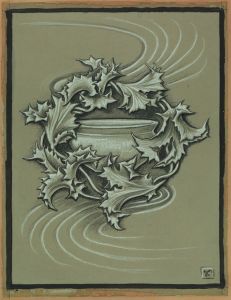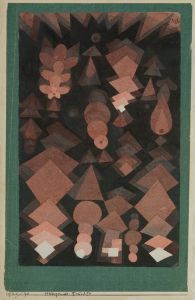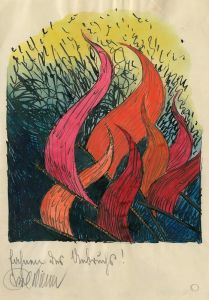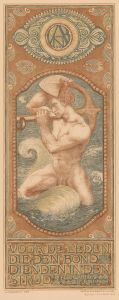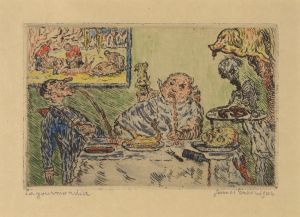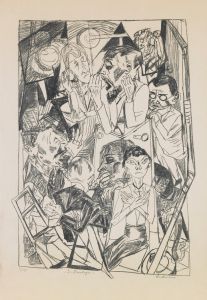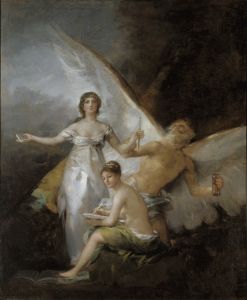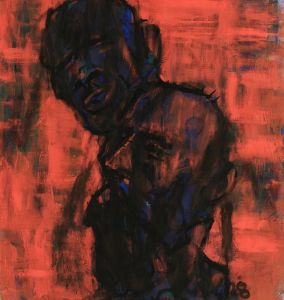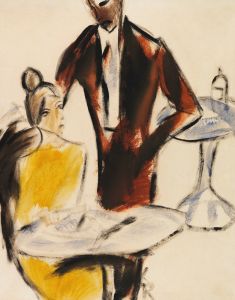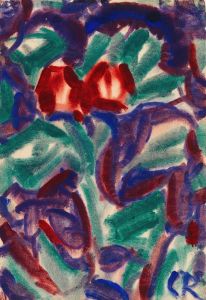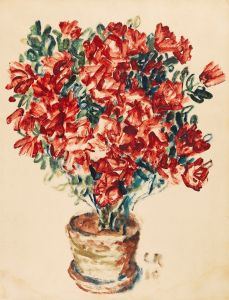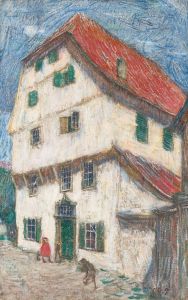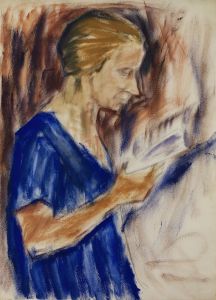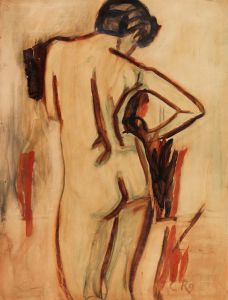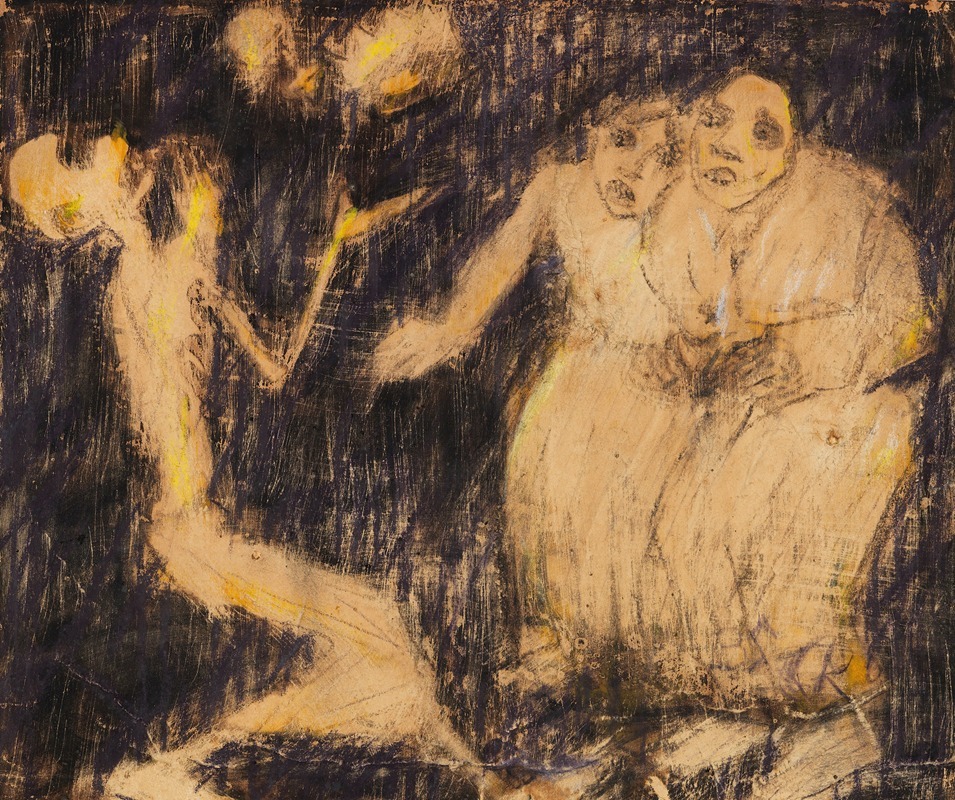
Tod als Jongleur
A hand-painted replica of Christian Rohlfs’s masterpiece Tod als Jongleur, meticulously crafted by professional artists to capture the true essence of the original. Each piece is created with museum-quality canvas and rare mineral pigments, carefully painted by experienced artists with delicate brushstrokes and rich, layered colors to perfectly recreate the texture of the original artwork. Unlike machine-printed reproductions, this hand-painted version brings the painting to life, infused with the artist’s emotions and skill in every stroke. Whether for personal collection or home decoration, it instantly elevates the artistic atmosphere of any space.
Christian Rohlfs (1849-1938) was a German painter and printmaker, known for his contributions to the Expressionist movement. One of his notable works is "Tod als Jongleur" (Death as a Juggler), which exemplifies his mature style and thematic preoccupations.
"Death as a Juggler" was created in 1918, a period marked by significant turmoil and change in Europe due to the aftermath of World War I. This context is crucial to understanding the painting, as the themes of death and existential uncertainty were prevalent in the art of the time. Rohlfs, like many of his contemporaries, was deeply affected by the war and the social upheavals it caused, which is reflected in his work.
The painting depicts a skeletal figure, representing death, engaged in the act of juggling. This imagery is rich with symbolism, suggesting the precariousness of life and the inevitability of death. The juggler's act can be interpreted as a metaphor for the balance and unpredictability of existence. The skeletal figure is rendered in a stark, almost haunting manner, emphasizing the macabre theme.
Rohlfs' use of color and form in "Death as a Juggler" is characteristic of his Expressionist style. The painting employs bold, contrasting colors and dynamic brushstrokes to convey intense emotion and psychological depth. The background is often abstract, focusing the viewer's attention on the central figure and enhancing the overall sense of unease and tension.
Christian Rohlfs was associated with the Brücke group of Expressionist artists, although he was not a formal member. His work shares their interest in raw, emotional expression and a rejection of traditional aesthetic norms. Rohlfs' approach to painting was also influenced by his earlier experiences with Impressionism and Post-Impressionism, which can be seen in his use of color and light.
Throughout his career, Rohlfs experimented with various techniques and mediums, including watercolor, oil, and printmaking. His versatility as an artist is evident in the diverse range of his works, from landscapes to portraits to more abstract compositions. "Death as a Juggler" stands out as a powerful example of his ability to convey complex themes through a distinctive visual language.
Rohlfs' contributions to modern art were recognized during his lifetime, and he received several honors and awards. However, his work was later condemned by the Nazi regime, which labeled it as "degenerate art." Despite this, Rohlfs' legacy endured, and his paintings are now held in high regard and featured in major art collections and museums.
In summary, "Death as a Juggler" by Christian Rohlfs is a significant work that captures the essence of Expressionist art through its evocative imagery and emotional intensity. The painting reflects the artist's response to the existential crises of his time and showcases his skill in using color and form to explore profound themes.





